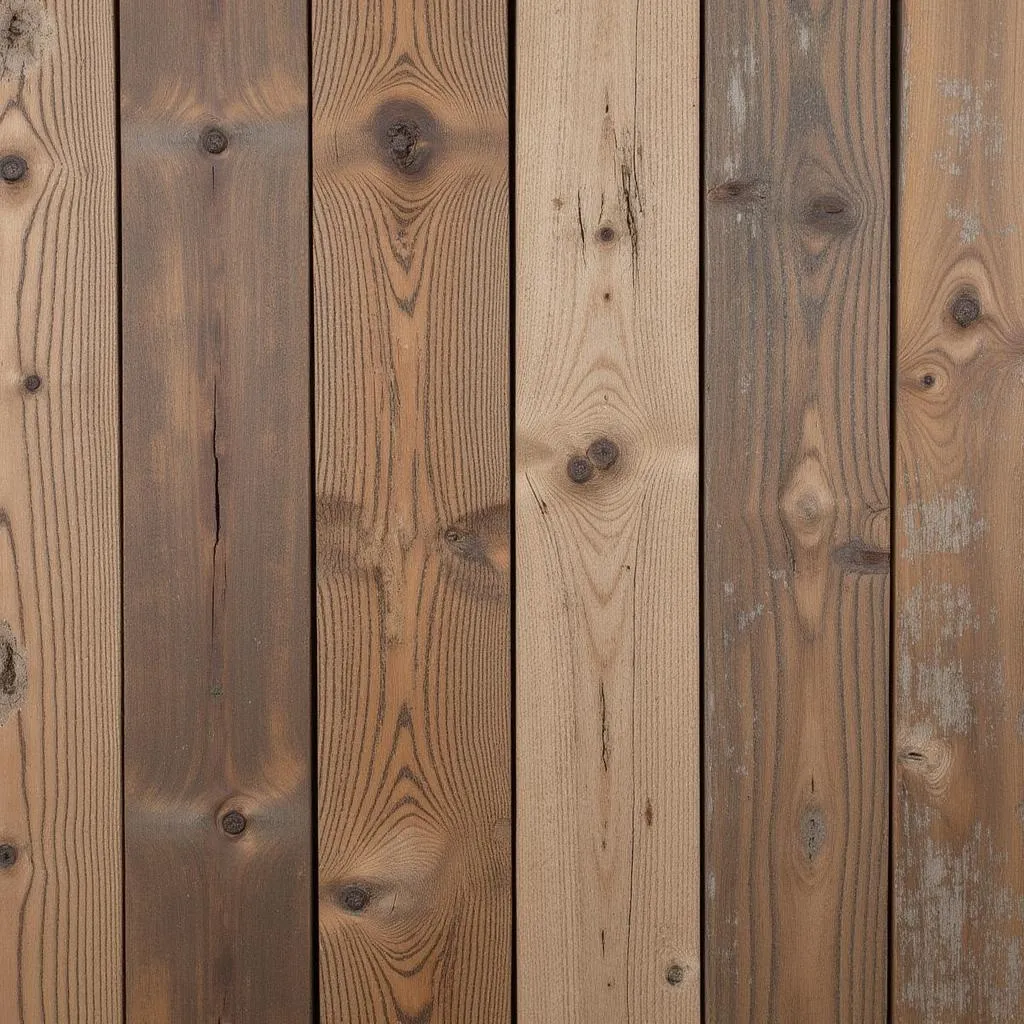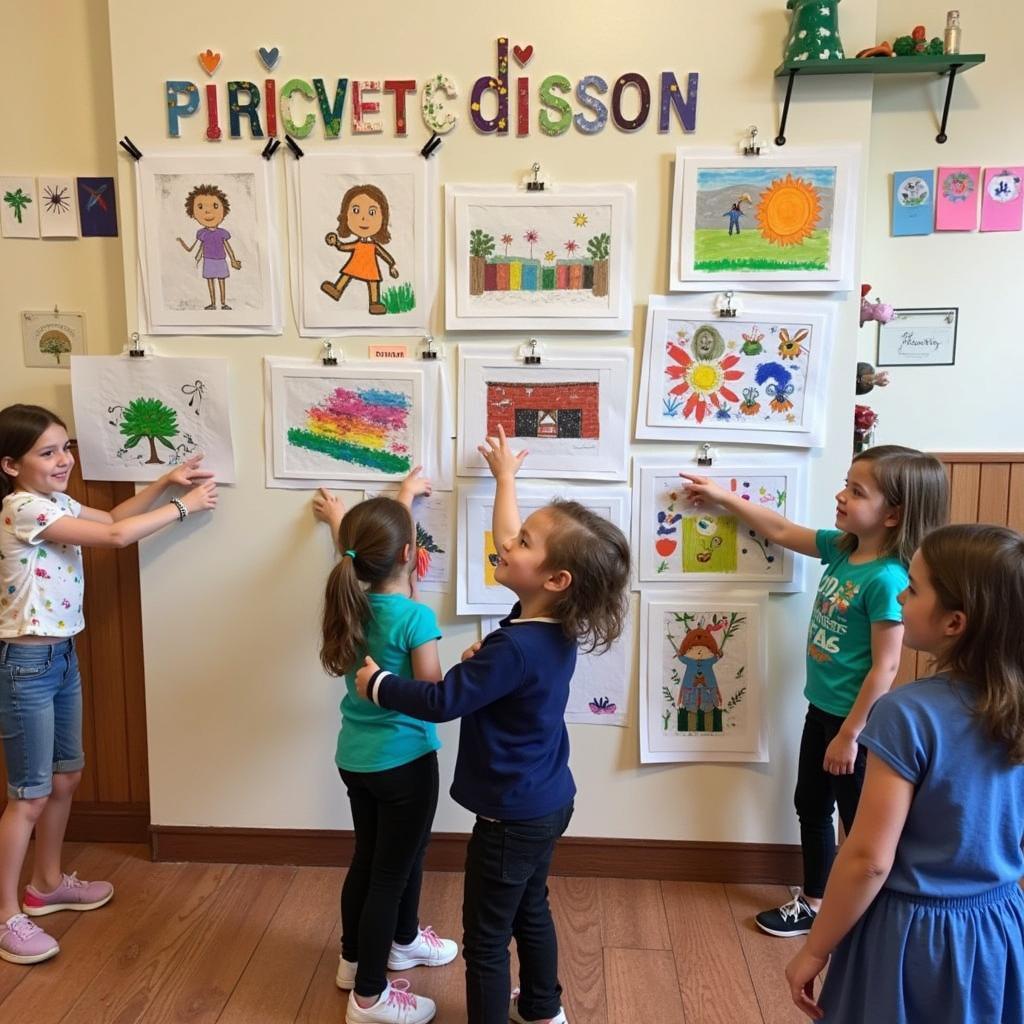Art Hopi Kachina Drawings: Exploring the Spirit World Through Art
Art Hopi Kachina Drawings offer a captivating glimpse into the rich spiritual beliefs and cultural heritage of the Hopi people, native to the southwestern United States. These vibrant and symbolic artworks depict Kachinas, powerful spirit beings who act as intermediaries between the physical and spiritual realms in Hopi cosmology. More than just aesthetically pleasing images, art Hopi Kachina drawings serve as visual representations of complex narratives, moral teachings, and cultural values passed down through generations.
Decoding the Symbolism in Hopi Kachina Drawings
Hopi Kachina drawings are replete with symbolism, every element meticulously chosen to convey deeper meaning. Understanding these symbols unlocks a richer appreciation for the artwork and the culture it represents.
-
Colors: The use of color in Hopi Kachina drawings goes beyond mere aesthetics. Each hue carries symbolic weight. For instance, blue often represents the sky and rain, essential elements in the arid Hopi landscape, while yellow might signify the sun, a source of life and warmth.
-
Masks: The masks worn by Kachinas in these drawings are among the most striking visual elements. The intricate designs and vibrant colors are not merely decorative; they represent the specific powers and attributes of each Kachina.
-
Clothing and Adornments: From feathered headdresses to intricately woven garments, the clothing and adornments depicted in Hopi Kachina drawings are rich in symbolism. They often indicate the Kachina’s role in Hopi society or their association with specific ceremonies or rituals.
The Role of Kachinas in Hopi Culture
To truly appreciate art Hopi Kachina drawings, it’s essential to understand the significance of Kachinas in Hopi culture. Kachinas are more than mythical beings; they are deeply intertwined with the Hopi way of life.
-
Messengers of the Gods: Kachinas are believed to act as messengers between the Hopi people and the spirit world, carrying prayers for rain, bountiful harvests, and overall well-being.
-
Teachers of Values: Kachinas also play a crucial role in transmitting Hopi values and traditions. Their appearances during ceremonies often involve dances and songs that convey moral lessons and cultural knowledge.
-
Bringers of Rain: In the arid environment of the Southwest, rain is crucial for survival. Many Kachinas are associated with bringing rain, and their depictions often reflect this vital role.
The Evolution of Hopi Kachina Drawings
Art Hopi Kachina drawings, while rooted in centuries-old traditions, are not static. Their style and the materials used have evolved over time, reflecting changing cultural influences and artistic innovations.
-
Early Rock Art: Some of the earliest examples of Kachina imagery can be found in rock art dating back centuries. These simple petroglyphs and pictographs laid the foundation for more elaborate artistic representations.
-
Kachina Dolls: Traditionally carved from cottonwood root, Kachina dolls serve as three-dimensional representations of these spirit beings. The painting and adornment of these dolls share many similarities with Hopi Kachina drawings.
-
Contemporary Expressions: Today, Hopi artists continue to explore and reinterpret Kachina imagery through various mediums, incorporating contemporary styles and techniques while honoring their cultural heritage.
Conclusion
Art Hopi Kachina drawings provide a fascinating window into the vibrant culture and spiritual beliefs of the Hopi people. By understanding the symbolism embedded in these artworks and the significance of Kachinas in Hopi society, we can gain a deeper appreciation for the enduring power of art to transmit cultural heritage and connect us to the spirit world.



